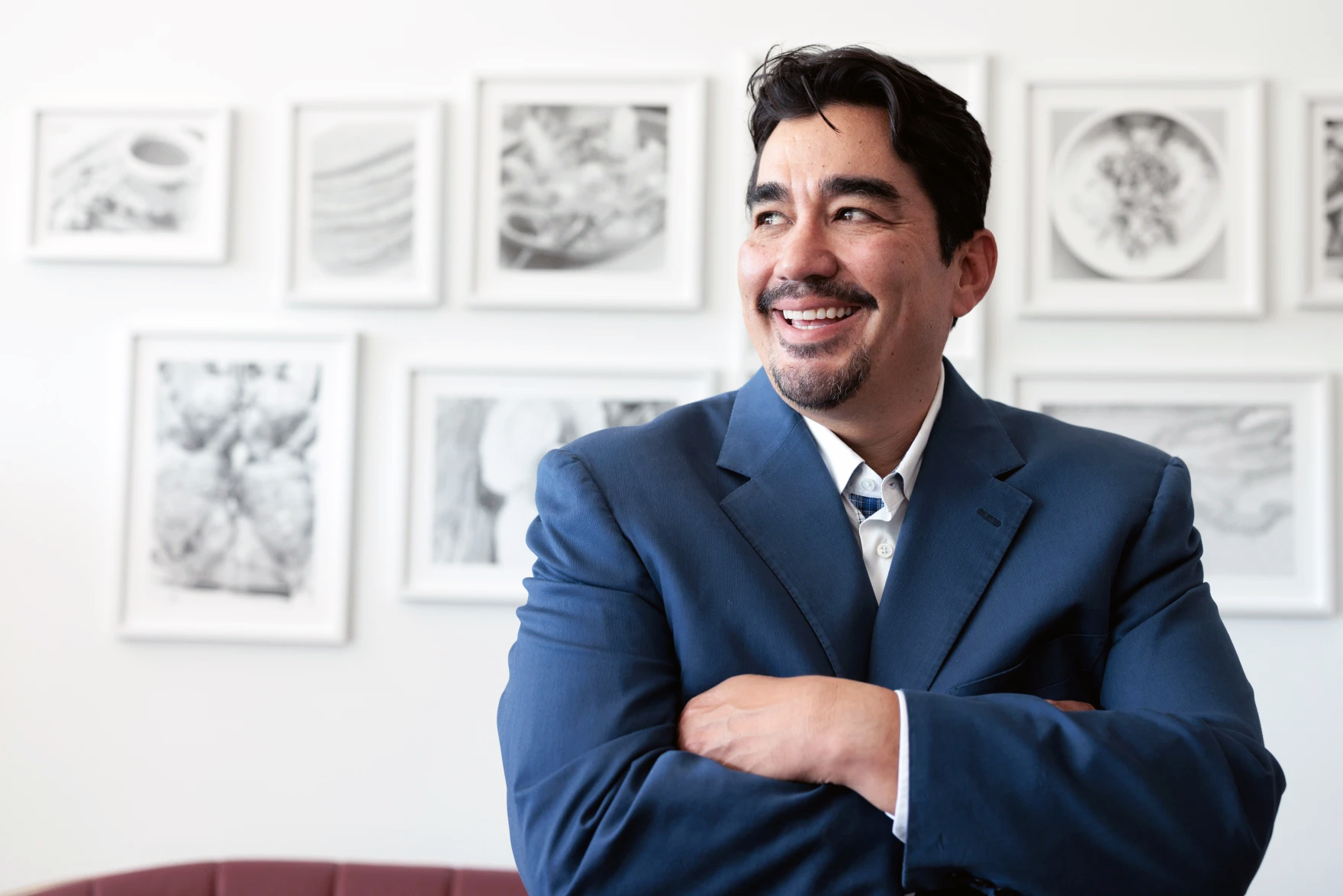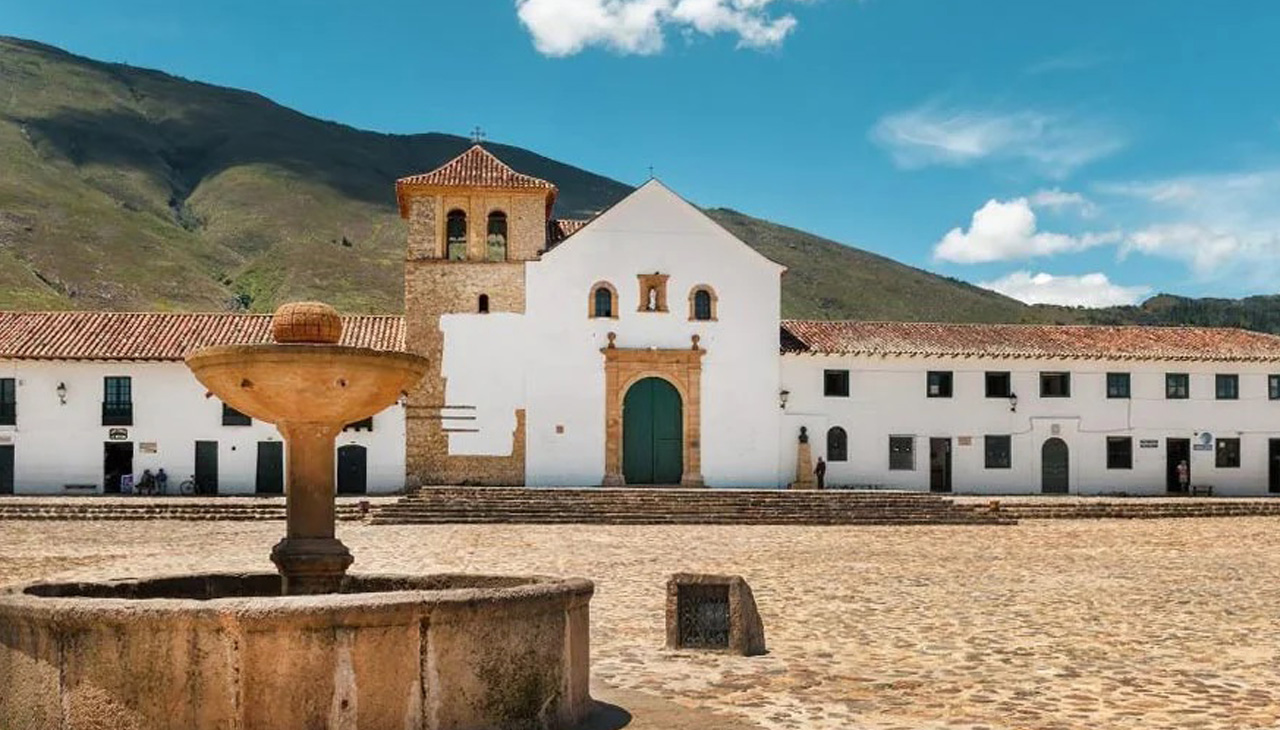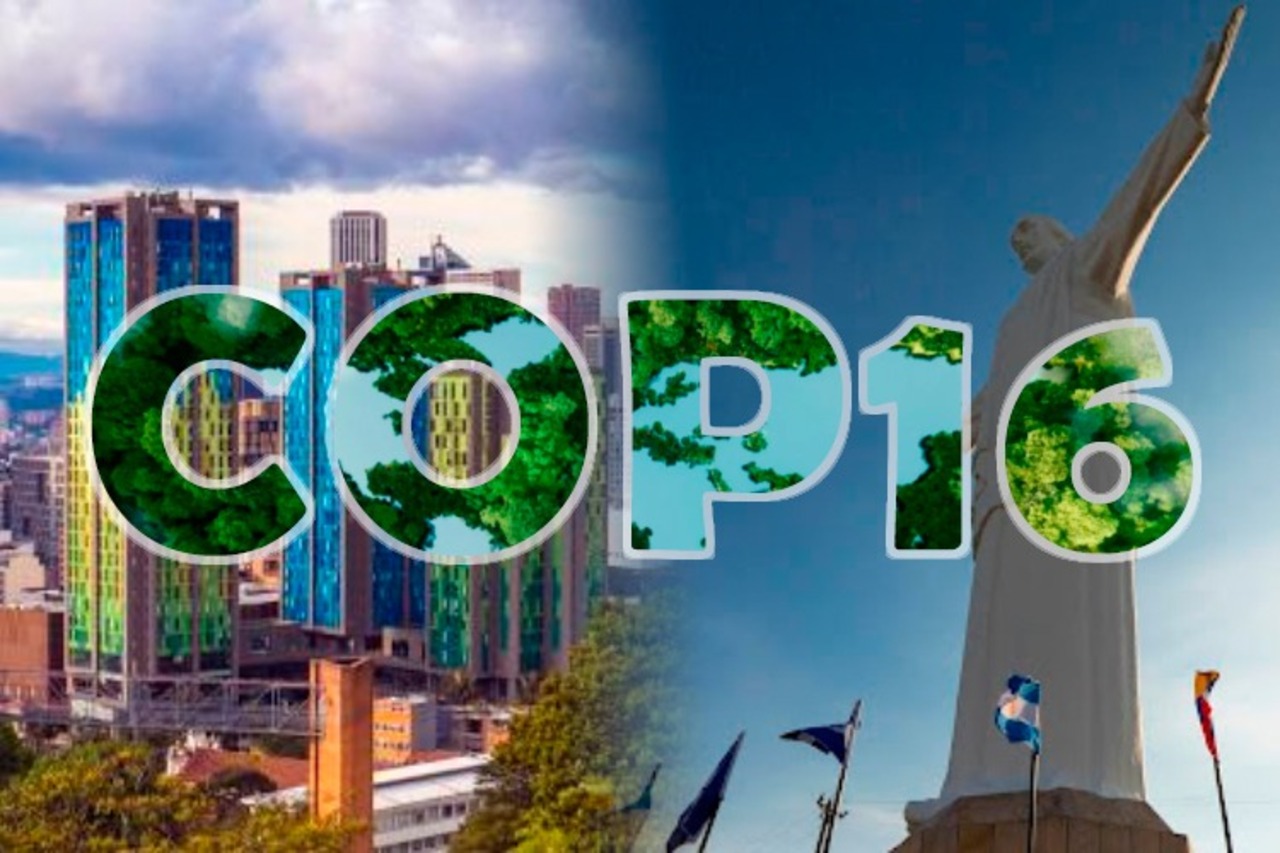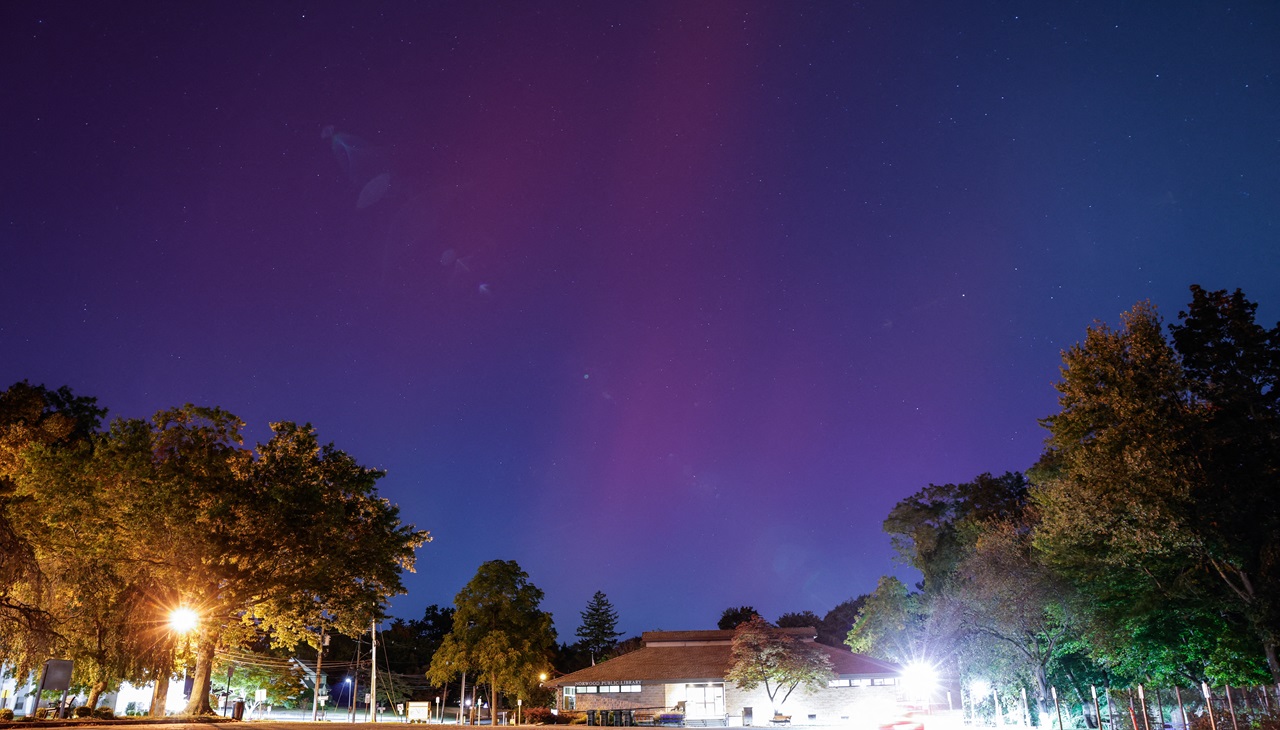
Guggenheim offers Cecilia Vicuña her first New York museum solo show
The Guggenheim New York presents the Chilean conceptual artist’s first museum retrospective, opening May 27.
The Chilean-born artist Cecilia Vicuña (Santiago, 1948) usually describes herself as a “poet of precarity.” Her diversity of works —paintings, textiles, books, performances, films— interweave language, spirituality, progressive politics, and ancient Andean culture.
A resident of New York City since 1980, Vicuña was recently awarded with a Golden Lion for Lifetime Achievement award at the 59th International Art Exhibition of La Biennale di Venezia. And now, finally, the Guggenheim presents the artist’s first museum retrospective, “Cecilia Vicuña: Spin Spin Triangulene,” in her adopted home.
Showcasing Vicuña’s artistic production from the late 1960s to today, this focused exhibition, which opens May 27, will feature the breadth of her multidisciplinary practice, including paintings, works on paper, textiles, films, a site-specific Quipu (Knot) installation, and a one-time performance of a “living” Quipu, commissioned by the museum’s Latin American Circle.
The exhibition will also include new paintings and works on paper created specifically for this presentation. The title, Spin Spin Triangulene, is a poetic creation based on new scientific discoveries the artist relates to the Guggenheim’s spiral rotunda and the quipu, to stress the connection between science and Indigenous knowledge Vicuña has observed since her early encounter with cybernetics as a young student in Chile. Long anticipated, this is the first solo exhibition of Vicuña’s work in a New York museum and will bring renewed and overdue national and international attention to a pioneering contemporary Latin American artist.
Vicuña explores themes of memory, language, science, and Indigenous spirituality and knowledge across her practice.
RELATED CONTENT
“I grew up in an incredible period, where there seemed to be peace and the desire for justice was growing from many sectors. Then came the years of the great social, cultural and political liberation. I was also part of that revolution, the feeling and the way of seeing the world, “ she told EFE recently.
“ I grew up in a house full of books and in the countryside, as a wild child. I realized that I was indigenous, first because of the sensitivity, sympathy and empathy with the beauty of the indigenous world. It always seemed to me that it was more beautiful, that people behaved with a different dignity.”
Her early figurative paintings in this exhibition were conceived as a decolonizing act to subvert the oil tradition imposed on Indigenous culture by the European conquest. These works interweave her biography with the story of the rise of socialism. Following the 1973 Chilean military coup that ushered in the dictatorship of Augusto Pinochet, Vicuña self-exiled in London and the political activism of her art intensified, revolutionary icons and influences—ranging from Karl Marx, Chilean folk singer and social activist Violeta Parra, and Andean popular art, animism, and Indigeneity, which had long been her subjects—became poignant symbols of what was under attack. Also, on view in textiles, film, and works on paper will be Vicuña’s language-based Palabrarmas, or “word weapons,” which are politically engaged, metaphorical riddles and poems displaying her conception of language as a living entity.
In the mid-1960s Vicuña began her Quipu series, soft sculptures made of suspended strands of knotted and unspun wool sometimes combined with found objects. The khipu (knot) was knotting made of colored threads to convey complex narrative and numerical information, a system created in the Andes in South America and later abolished by European colonizers. Vicuña reimagines her Quipus as a poetic response against cultural, ecological, and economic disparities.

As part of this exhibition, the artist will premiere a three-part Quipu, Quipu del exterminio / Extermination Quipu (2022), installation representing life, death, and resurrection as a call to action to stop the extinction of earth’s species and the loss of biocultural diversity. The artist’s “living” Quipu performance is a participatory collective healing ceremony connecting ancient memory and contemporary culture, inviting visitors to become active in the poetic and political change of our world.
“It is up to art to open up emotions, feelings, visions, to make them accessible. To make them part of everyday life, as it happens in indigenous societies,”, she told EFE. “ There are always rituals where everyone becomes artists, dancers, musicians. We need that ability to live, to be art,” she concluded.











LEAVE A COMMENT: